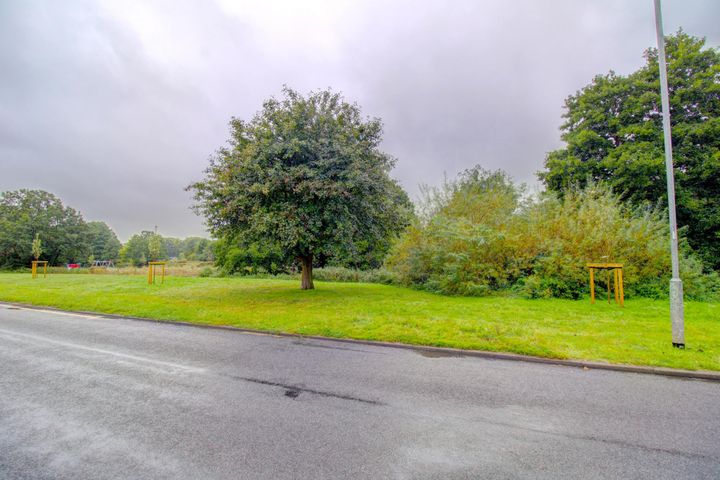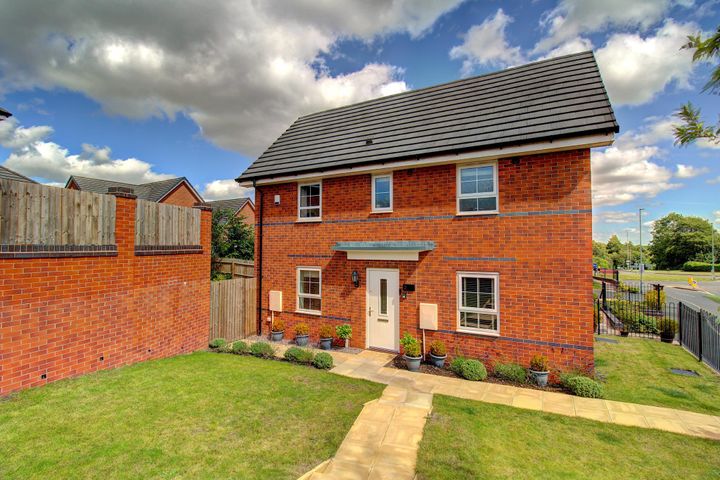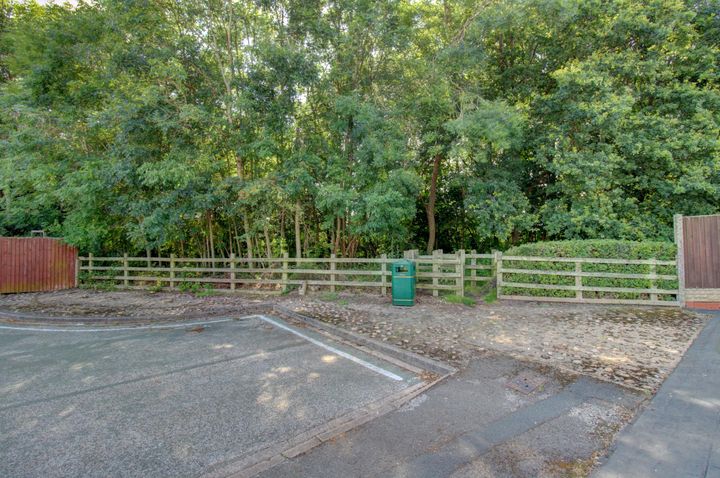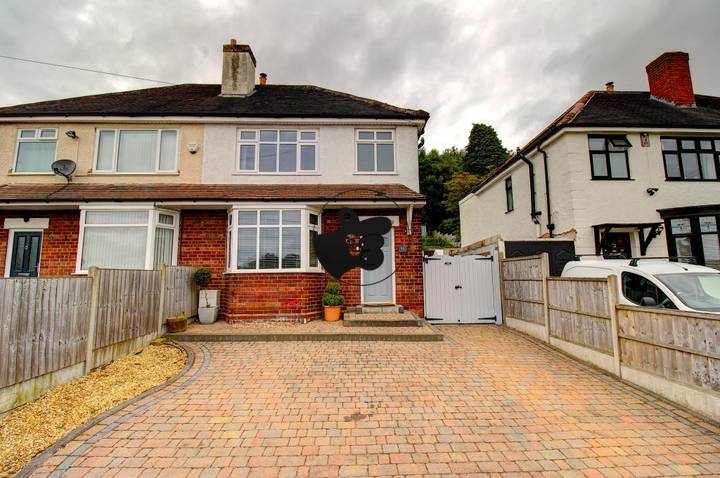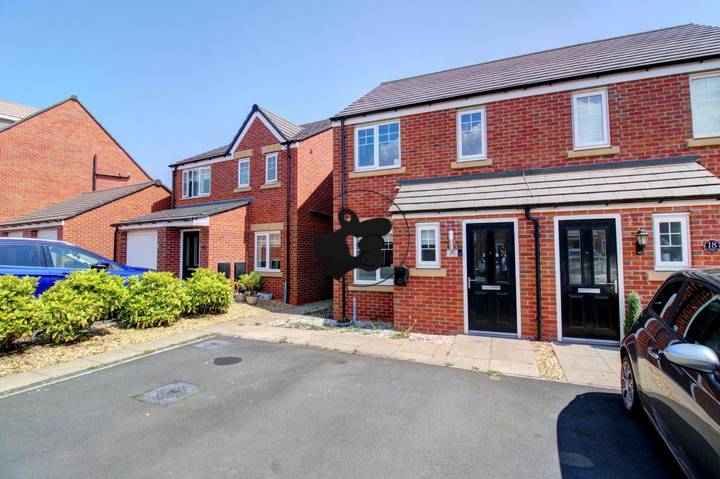Real estate prices in Cannock are influenced by several key factors, including location, infrastructure, and local amenities. Properties situated near the town center, for instance, often command higher prices due to better accessibility to shops, schools, and leisure facilities. The development of transportation links, such as the nearby M6 motorway and Cannock railway station, also plays a crucial role; improved connectivity can lead to increased demand from commuters working in nearby cities like Birmingham and Wolverhampton. Additionally, the quality of local schools significantly impacts housing prices, as families often seek areas with reputable educational institutions. Market trends, influenced by broader economic conditions, such as interest rates and employment levels in the region, can create fluctuations in housing demand. Lastly, the presence of green spaces and recreational areas, such as Cannock Chase, can enhance property values, as buyers often prioritize access to nature and outdoor activities.
Cannock
Location
Price Range
Any price
Price Range
Minimum
No min
Maximum
No max
Property type
Show all
Property type
Show all
House
Apartment
Building
Other
Bedrooms
Any beds
Bedrooms
Minimum
No min
Maximum
No max
Surface Range
Any surface
Surface Range
Minimum
No min
Maximum
No max
Sale type
For sale
Sale type
Show all
To rent
For sale
Location
Apartments and houses for sale in Cannock
8 results
Recent
Cannock insights
| Aspect | Summary |
|---|---|
| Population | 29,018 (approx.) |
| Average Property Price | £240,000 (approx.) |
| Rental Yield | 5.2% (approx.) |
| Average Rent | £1,200 per month (approx.) |
| Occupancy Rate | 92% (approx.) |
| Capital Growth Rate | 3.5% per annum (approx.) |
| Property Tax | Varies by property value, average council tax band is £1,400 per year (approx.) |
| Transaction Costs | Approximately 4% of property price (stamp duty, legal fees, etc.) |
| Expected ROI | 6% - 8% (approx.) |
| Economic Growth Impact | Moderate impact, with local development initiatives contributing to steady growth |
Cannock FAQ
What factors affect real estate prices in Cannock?
How have real estate prices in Cannock changed over the last year?
Over the last year, real estate prices in Cannock have experienced notable fluctuations, driven by a mix of local demand and broader economic factors. Average house prices in Cannock increased by approximately 8% from 2022 to 2023, with semi-detached homes seeing the most significant rise, averaging around £210,000 compared to £195,000 the previous year. The demand for properties in Cannock has been bolstered by its appealing location near the West Midlands and a growing population seeking more affordable housing options than in nearby urban centers like Birmingham. Additionally, the rise in interest rates has made buyers more cautious, leading to a competitive market where well-priced homes tend to sell quickly. For instance, a three-bedroom property in the area that was listed at £220,000 in early 2023 received multiple offers and sold for £235,000 after just a week on the market. Conversely, some high-end properties have lagged behind, with prices remaining relatively stagnant, reflecting a shift in buyer preferences towards more affordable housing.
What is the average property price in Cannock?
The average property price in Cannock varies significantly depending on the type and location of the property. As of late 2023, the average price for a semi-detached house is around £220,000, while terraced houses can be found for approximately £185,000. Detached homes tend to be higher, with averages reaching about £320,000. In more sought-after areas of Cannock, such as Hednesford, properties may command prices above the local average, with some larger family homes exceeding £400,000. The local housing market has seen fluctuations influenced by factors like proximity to amenities, transport links, and the overall demand in the West Midlands. For first-time buyers, there are still more affordable options, particularly in the form of one-bedroom flats, which can be priced around £120,000.
Are property prices in Cannock expected to rise or fall?
Property prices in Cannock are influenced by a variety of factors, including regional demand, local amenities, and broader economic conditions. Recent reports indicate a steady increase in interest for properties in Cannock, particularly due to its appealing commuting options to Birmingham and Wolverhampton, making it attractive for first-time buyers and families. Developments such as new schools and improved transport links could enhance the area's desirability, leading to potential price rises. However, concerns about the overall economic climate, inflation, and rising interest rates may put downward pressure on prices. Historical data shows that during economic uncertainty, areas like Cannock could see fluctuations; for example, the 2008 financial crisis had a noticeable impact on property valuations. Thus, the projection for property prices in Cannock remains uncertain, hinging on both local factors and broader economic trends.
How does Cannock compare to neighboring towns in terms of property prices?
Cannock's property prices tend to be lower than those in nearby towns like Stafford and Lichfield, making it an attractive option for homebuyers seeking affordability. As of late 2023, the average house price in Cannock is around £240,000, while Stafford sees averages closer to £260,000, and Lichfield's averages hover around £325,000. Cannock’s housing stock is primarily composed of semi-detached and terraced homes, which are generally more affordable than the larger, detached properties prevalent in Lichfield. Moreover, towns such as Hednesford and Rugeley nearby also feature lower property prices, typically ranging from £200,000 to £230,000. The differences reflect varying levels of amenities, transportation links, and overall desirability, impacting the housing market in each locality.
What types of properties are most expensive in Cannock?
In Cannock, the most expensive properties tend to be large detached houses situated in desirable residential areas, such as the suburban neighborhoods around Heath Hayes and Hednesford. These homes often feature four or more bedrooms, modern kitchens, and spacious gardens, appealing to families looking for more room. Properties with contemporary finishes, en-suite bathrooms, and additional amenities like home offices or gym spaces command higher prices. For instance, luxury developments near Cannock Chase offer scenic surroundings and access to outdoor activities. In addition, homes with period features in established areas, such as Victorian or Edwardian architecture, also attract premium prices due to their character and proximity to local amenities. Locations with good transport links to larger cities, like commuting options to Birmingham, further enhance property values, as buyers often seek convenience alongside space.
How do local amenities influence real estate prices in Cannock?
Local amenities have a significant impact on real estate prices in Cannock, with proximity to schools, shopping centers, parks, and public transport shaping demand. For instance, properties near Cannock Chase, a popular area for outdoor activities, often attract buyers looking for recreational options, which can drive up prices. Similarly, homes located close to reputable schools, like Cannock High School or Chadsmoor Community Infants School, generally appeal to families, making these areas more desirable and consequently increasing property values. The availability of shopping facilities, such as theamount of stores in Cannock town center and the nearby McArthurGlen Designer Outlet, further adds to the allure of neighborhoods, with potential buyers willing to pay a premium for convenience. Additionally, access to transportation links, including Cannock train station, facilitates commuting to nearby cities like Birmingham, enhancing the attractiveness of residential areas, particularly for professionals.


